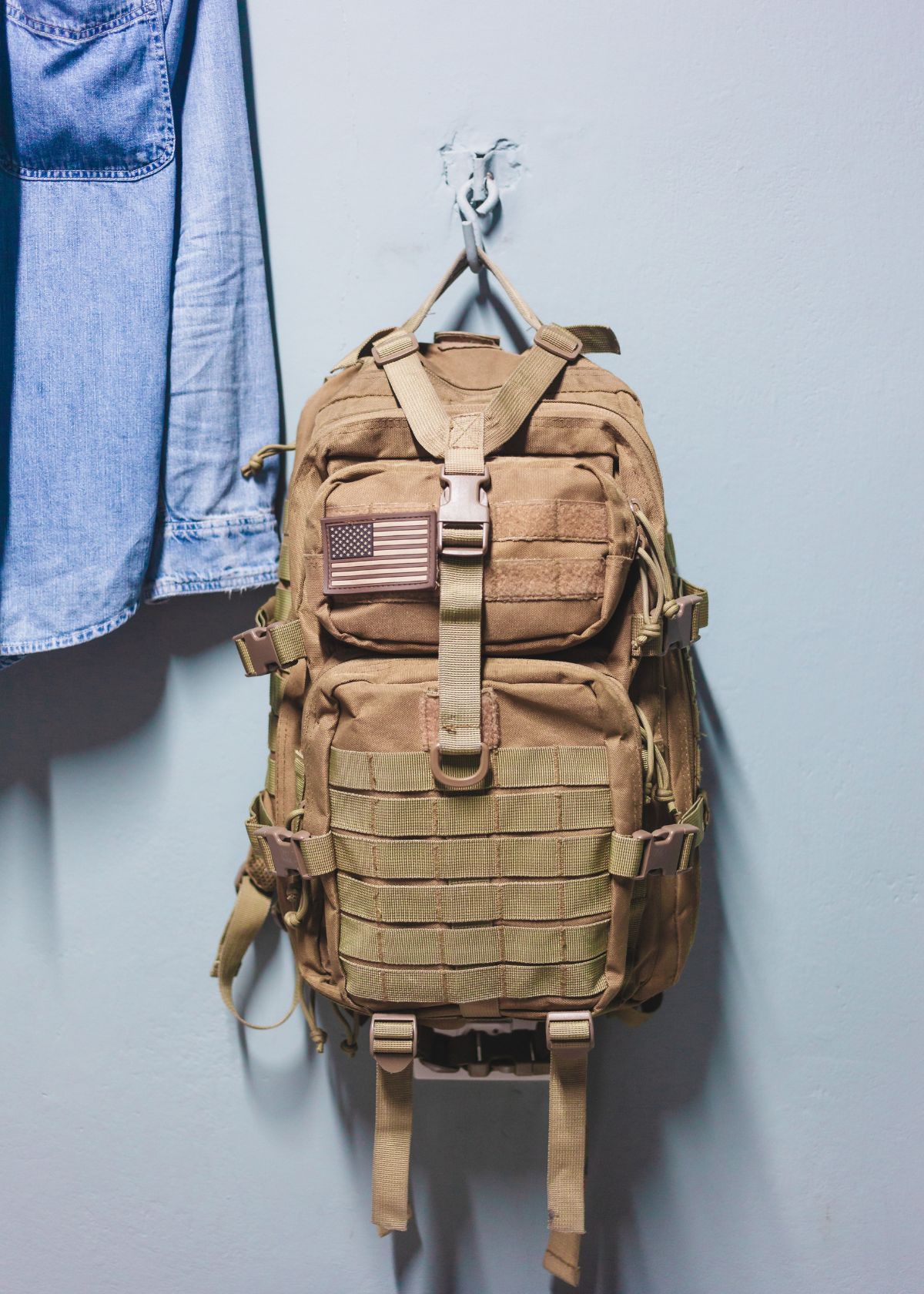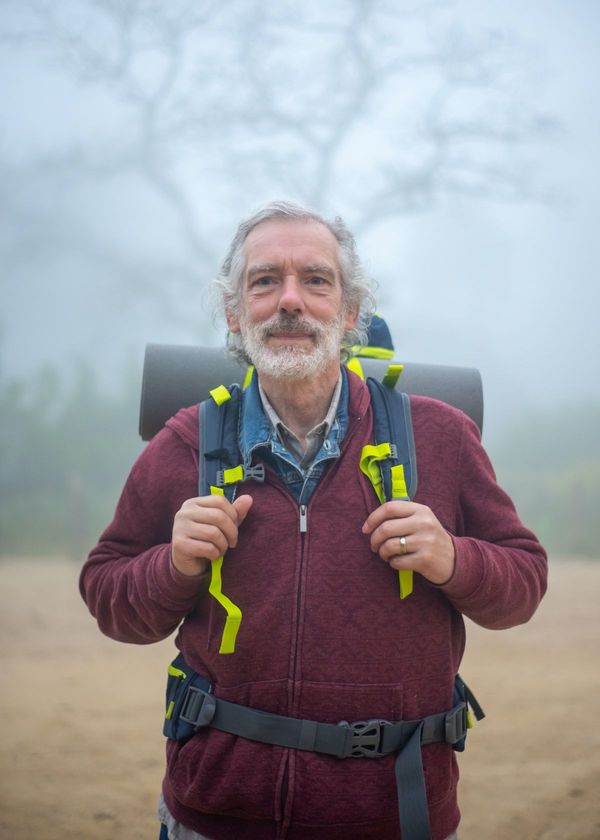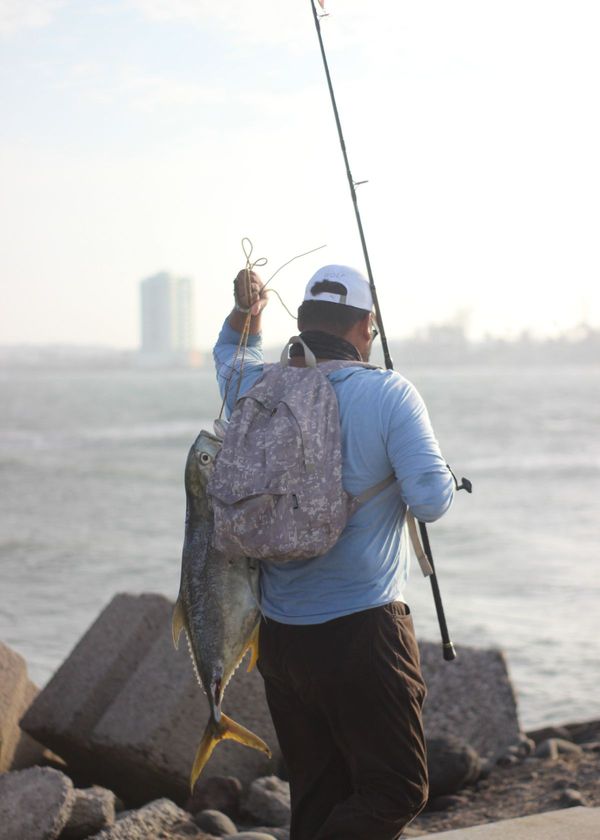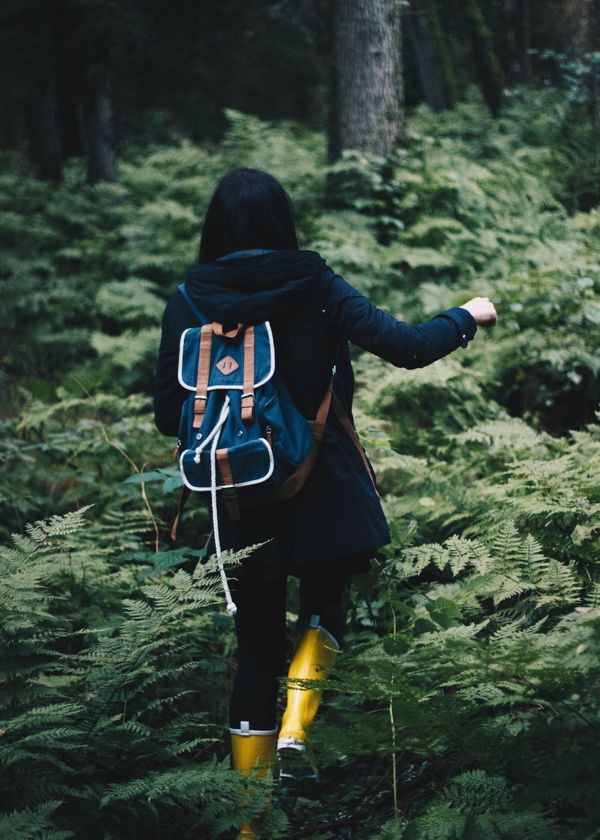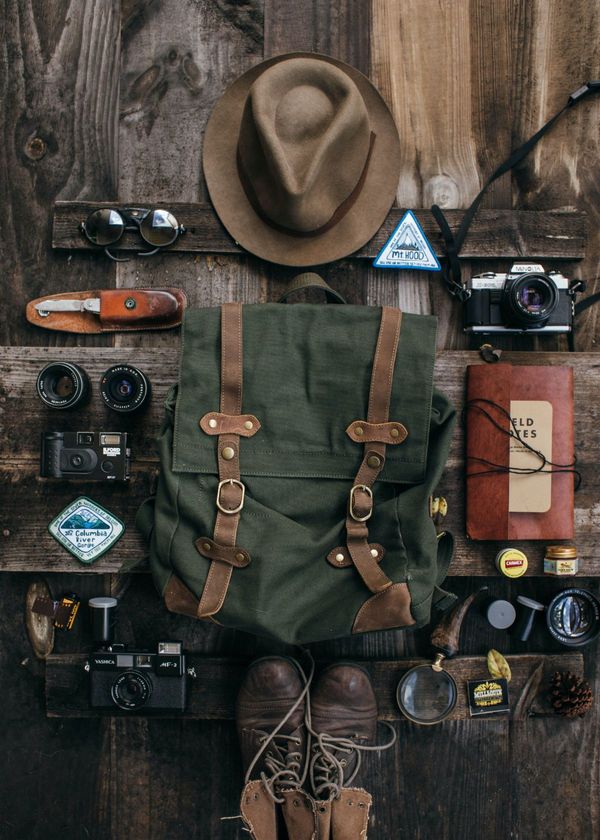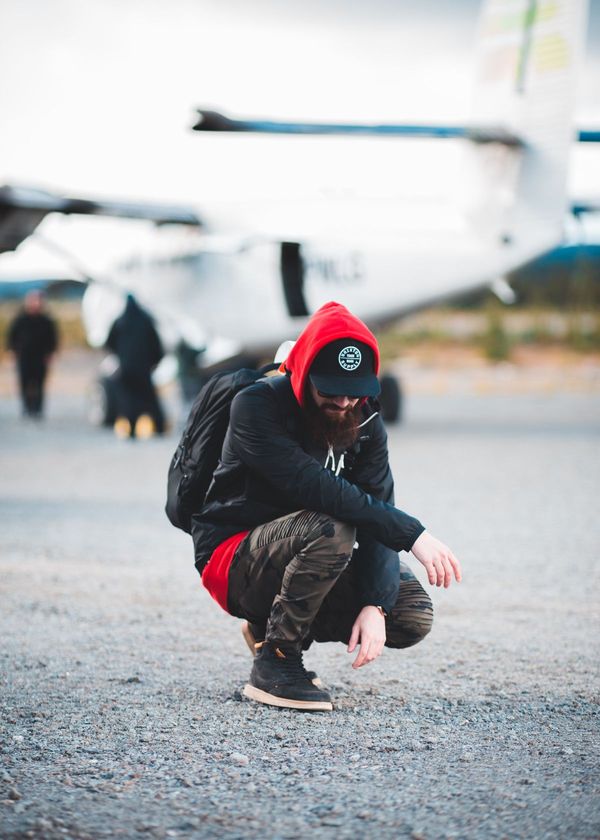In a world dominated by flashy cardiovascular fitness trends and high-tech workout gadgets, there exists a humble yet exhilarating activity that harkens back to a time when simplicity and grit were the foundation of physical active resistance training. Enter the captivating realm of rucking, where the fusion of adventure, endurance, and camaraderie paints a vivid tapestry of the human spirit.
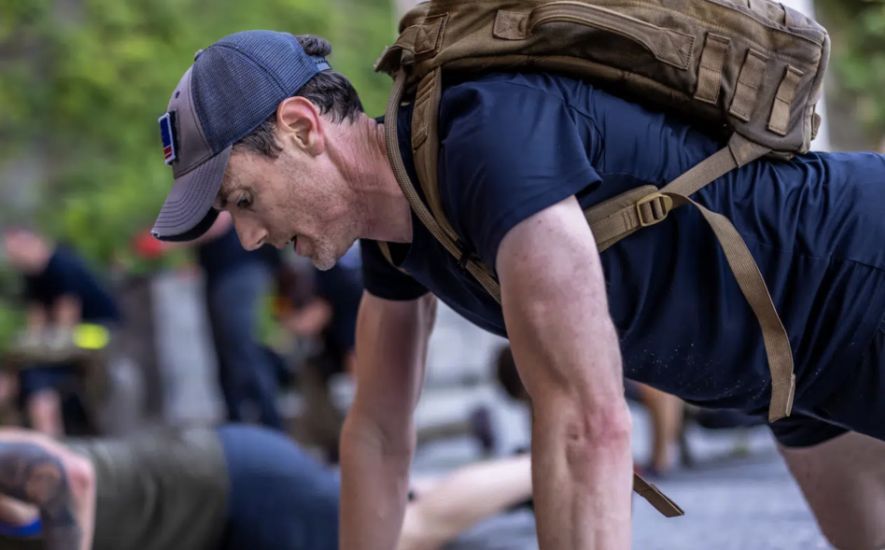
Picture this: a solitary figure traversing rugged terrain, their back burdened with a weighty load. What may seem like an arduous endeavor to some is, to others, a gateway to a realm of self-discovery and unyielding resilience. Rucking, in its essence, is the art of strapping on a backpack, filling it with weights or essentials, and embarking on a journey that tests not only the limits of the body but also the depths of the mind.
Unlike conventional workouts that confine individuals to sterile gym settings, rucking allows enthusiasts to immerse themselves in the great outdoors. It is a symphony of sweat-soaked brows and pounding heartbeats, resonating with the untamed beauty of nature. With each step, ruckers forge an unbreakable connection with the earth beneath their feet, embracing the raw elements as they push their bodies forward.
The benefits of rucking are more than just a physical endeavor. It serves as a gateway to a unique brand of unity and camaraderie. Whether in organized events or impromptu excursions, ruckers form tight-knit communities bound by a shared love for the challenge.
Together, they endure the highs and lows, the steep ascents and gentle descents, reminding one another that strength is found in solitude and in the company of those who share the same unwavering resolve.
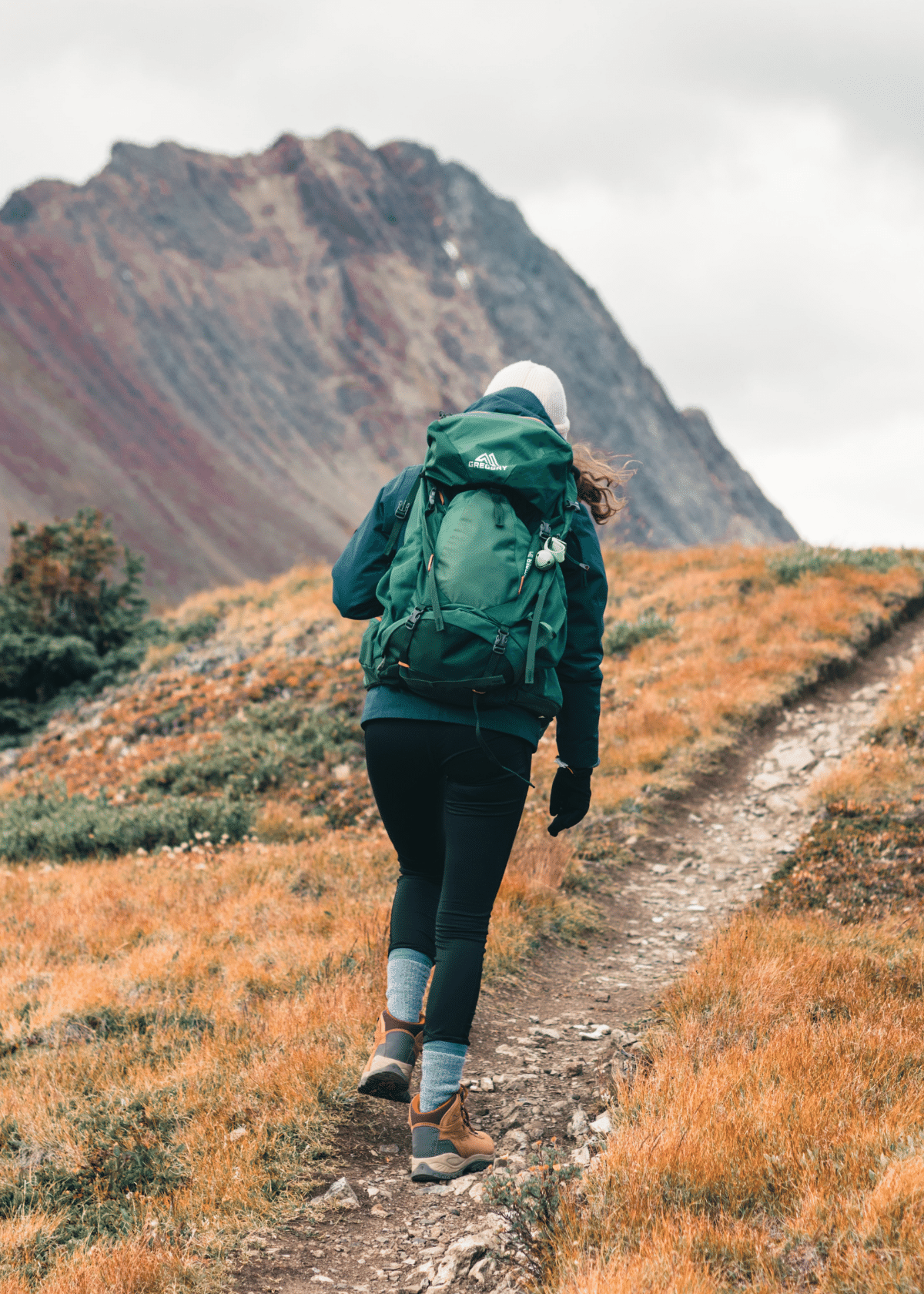
The Evolution of Rucking
Rucking, an activity rooted in the military, has gradually transformed from a grueling training exercise to a popular fitness trend embraced by enthusiasts worldwide. This enduring activity involves walking or running with a loaded backpack, creating a unique blend of physical exertion and mental fortitude.

I. Origins: A Test of Endurance Inception within the Military:
Rucking traces its origins back to military training workouts, where soldiers engaged in long marches while carrying heavy backpacks, simulating the challenges faced in the field.
These arduous expeditions developed their physical strength, endurance, and mental resilience. The art of rucking quickly became an essential part of military resistance training, fostering camaraderie and teamwork among soldiers.
II. Historical Significance:
From Battlefield to Civilian Life A Symbol of Hardship and Perseverance: Throughout history, rucking played a vital role in military campaigns, highlighting the tenacity and resilience of soldiers. From soldiers marching during wars to supply lines establishing crucial connections, rucking became synonymous with overcoming challenges in the face of adversity.
III. Rucking's Transition to the Civilian Realm A Fitness Phenomenon:
In recent years, rucking has transcended its military origins and gained popularity in the civilian fitness community. Fitness enthusiasts now recognize rucking as an effective way to enhance cardiovascular endurance, build strength, and promote overall fitness. Rucking provides a unique and engaging alternative to conventional workouts, breathing fresh life into fitness routines.
IV. Modern Challenges: Pushing Boundaries Competitive Rucking:
With the growing interest in rucking, competitive events and challenges have emerged. These events push participants to their limits, combining physical exertion with strategic planning. From timed endurance races to team-based relay competitions, the allure of testing one's physical and mental abilities through rucking has captivated many.
V. Community and Camaraderie: Strength in Numbers The Rucking Movement:
Beyond the physical benefits, rucking has fostered a sense of community and camaraderie. Rucking groups, both online and offline, have flourished, providing platforms for like-minded individuals to connect, share experiences, and support each other's fitness journeys. This sense of belonging and mutual encouragement has contributed to the continued growth and appeal of rucking.
VI. Rucking's Influence on Mental Health The Mind-Body Connection:
Rucking not only challenges the body but also nurtures mental resilience. The activity's rhythmic nature allows participants to enter a state of flow, fostering mindfulness and reducing stress. Many individuals have found solace in rucking as a means to cope with anxiety, depression, and other mental health issues, highlighting the holistic benefits it offers.
VII. Gear and Innovations: Tools of the Trade Rucking Equipment:
As the popularity of rucking has surged, advancements in gear have taken center stage. From specialized backpacks to weight plates designed for optimal weight distribution, manufacturers have tailored equipment specifically for rucking.
These innovations have enhanced comfort and safety, encouraging more people to take part in this physically demanding activity.
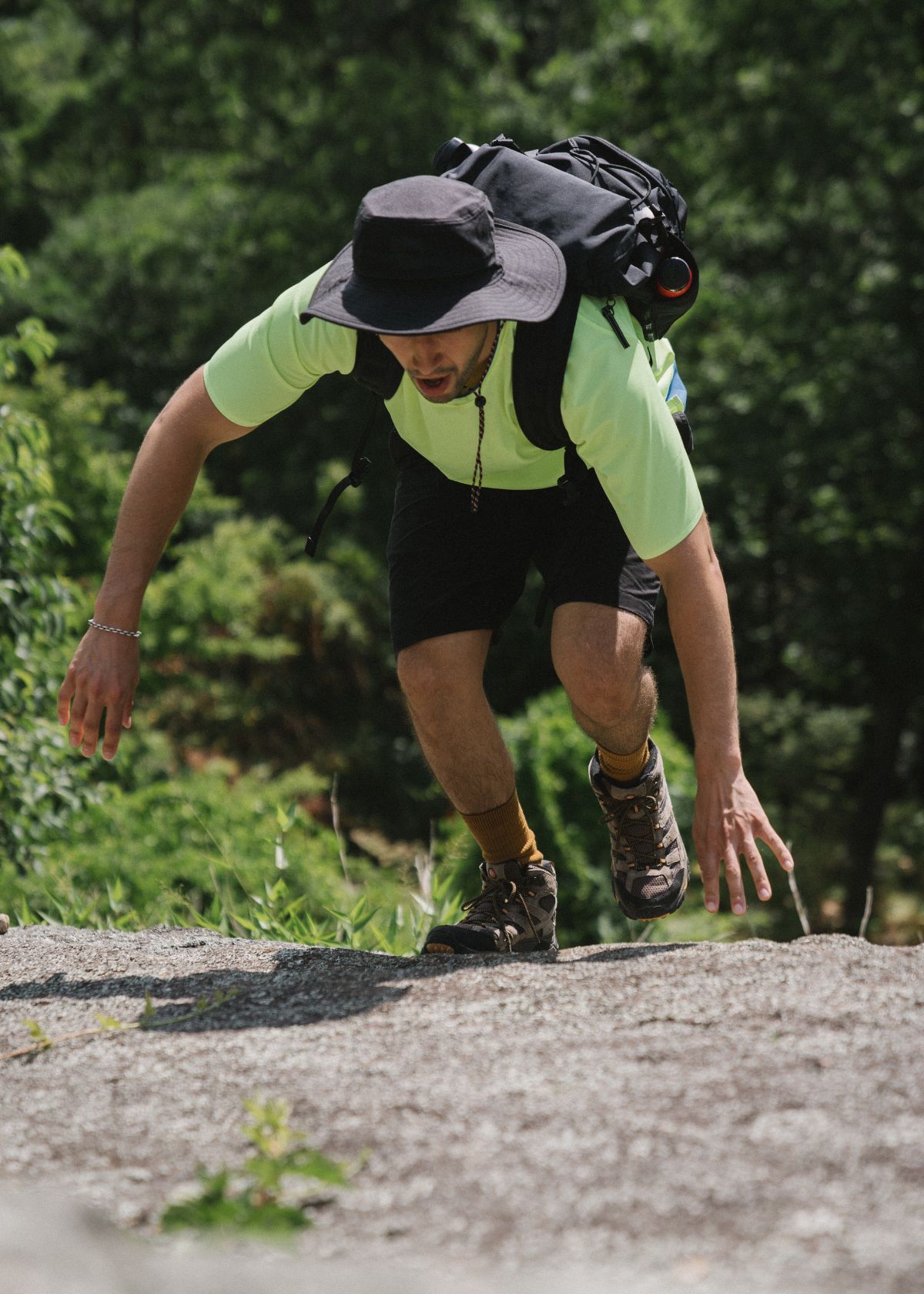
The Science Behind Rucking
Walking has long been considered a fundamental human activity, but what if there was a way to elevate its benefits to a whole new level? Enter rucking, an age-old practice that has recently gained recognition for its physical and mental advantages.
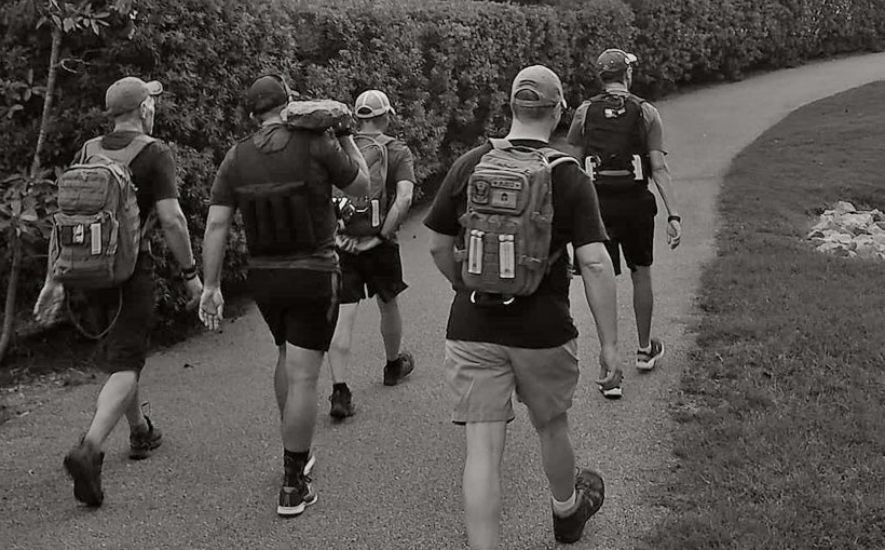
I. Unveiling the Physiology of Rucking
- Load-Bearing Benefits: Rucking involves carrying a weighted backpack while walking, which adds resistance and increases the workload on your muscles and cardiovascular system. By doing so, it stimulates a range of physiological adaptations that can enhance overall fitness and performance. The added load engages the muscles of the legs, hips, and core, promoting strength, endurance, and stability.
- Bone Health Boost: Weight-bearing exercise is crucial for maintaining healthy bones and preventing conditions like osteoporosis. Rucking, with its impact on bone density, offers a unique opportunity to improve skeletal strength. The controlled impact of each step, coupled with the added weight, stimulates bone remodeling, enhancing density and resilience.
- Metabolic Marvel: Rucking is an effective way to burn calories and improve metabolic health. The combination of walking and carrying weight increases energy expenditure, promoting fat loss and improving insulin sensitivity. The sustained effort required during rucking also triggers the afterburn effect, causing your body to continue burning calories even after you've finished your walk.
II. The Cognitive Magic of Rucking
- Nature's Neuroenhancer: Spending time outdoors has been linked to numerous cognitive benefits, including reduced stress and improved focus. When combined with rucking, these benefits are amplified. Walking amidst natural surroundings while carrying a weighted pack enhances the brain's ability to enter a state of flow, fostering creativity and mental clarity.
- Hippocampal Harmony: The hippocampus, a region of the brain associated with memory and spatial navigation, undergoes significant activation during rucking. The combination of physical exertion, rhythmic movement, and exposure to novel environments stimulates neurogenesis and neuroplasticity, bolstering cognitive function and potentially protecting against age-related cognitive decline.
III. From Hunter-Gatherers to Modern Humans: The Evolutionary Perspective
- Rediscovering Our Roots: Rucking taps into our evolutionary heritage as hunter-gatherers, when humans routinely carried loads during long-distance foraging expeditions. By engaging in this primal activity, we reconnect with our ancestral past, fostering a sense of purpose, resilience, and a deeper appreciation for our bodies capabilities.
- Evolutionary Fitness: Walking has been a defining factor in human evolution, influencing the development of our musculoskeletal system and cognitive abilities. Rucking allows us to embrace and optimize this evolutionary gift, promoting physical and mental well-being in the modern world.
Rucking: Unleashing the Explorer Within
Deep within our souls, there lies an innate longing for adventure and exploration. From the earliest days of humanity, we have felt the magnetic pull of the unknown, beckoning us to venture beyond the boundaries of our comfort zones.
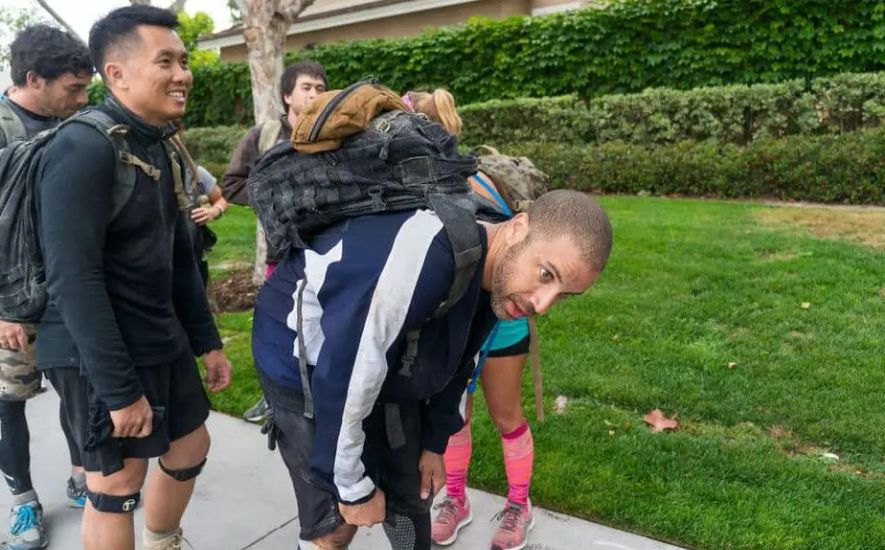
In this modern age of technology and convenience, however, our connection to the wild has diluted, leaving many yearning for a taste of true exploration. Enter rucking, a practice that rekindles the spirit of the explorer within us and unlocks a world of possibilities.
The Essence of Rucking: A Journey Back in Time
Imagine stepping into a time machine, transporting yourself to an era when humans roamed vast landscapes on foot, carrying their necessities with them. Rucking, in its simplest form, is a recreation of this primal act.
It involves strapping on a backpack loaded with weight and embarking on a trek through the wilderness or even the bustling city streets. By adopting this age-old practice, we reconnect with our roots, embracing the challenges and freedoms that come with self-reliance and nomadic movement.
The Physical Challenge: Strengthening Body and Mind
Rucking goes beyond a mere stroll in the park. With every step, your body engages in a dynamic rucking workout that activates muscles and builds endurance. The added weight on your back increases the intensity of your movements and improves posture and stability.
As you navigate uneven terrains and conquer inclines, your core muscles engage in a symphony of strength and balance, while your mind focuses on the present moment, sharpening your mental resilience.
The Gateway to Exploration: Unveiling Hidden Treasures
While rucking can be physically demanding, it opens doors to exploration like no other activity. Picture yourself traversing breathtaking landscapes, delving into untouched forests, or winding through the cobblestone streets of ancient cities.
The weight on your back becomes a symbol of self-sufficiency, allowing you to venture off the beaten path, discovering hidden gems inaccessible to traditional modes of transportation. With every step, the world unfolds before you, and you become an explorer, charting your own course.
Mindfulness in Motion: The Art of Slowing Down
In our fast-paced lives, we often find ourselves caught in a whirlwind of obligations and distractions. Rucking offers a reprieve from this chaos, inviting us to slow down and embrace the present moment.
As your feet rhythmically connect with the earth, your senses heighten, and you become attuned to the subtle wonders of your surroundings. The rustling of leaves, the scent of wildflowers, and the gentle touch of a cool breeze become your companions, leading to a state of mindfulness that rejuvenates the soul.
Community and Camaraderie: Bonds Forged on the Trail
While rucking can be a solitary endeavor, it also brings like-minded individuals together, forming a tight-knit community of explorers. Ruck marching clubs and events provide opportunities to connect with fellow adventurers, sharing stories, knowledge, and a common love for the great outdoors.
The camaraderie built on the trail transcends physical boundaries and fosters lifelong friendships, uniting people from diverse backgrounds under the shared banner of exploration.
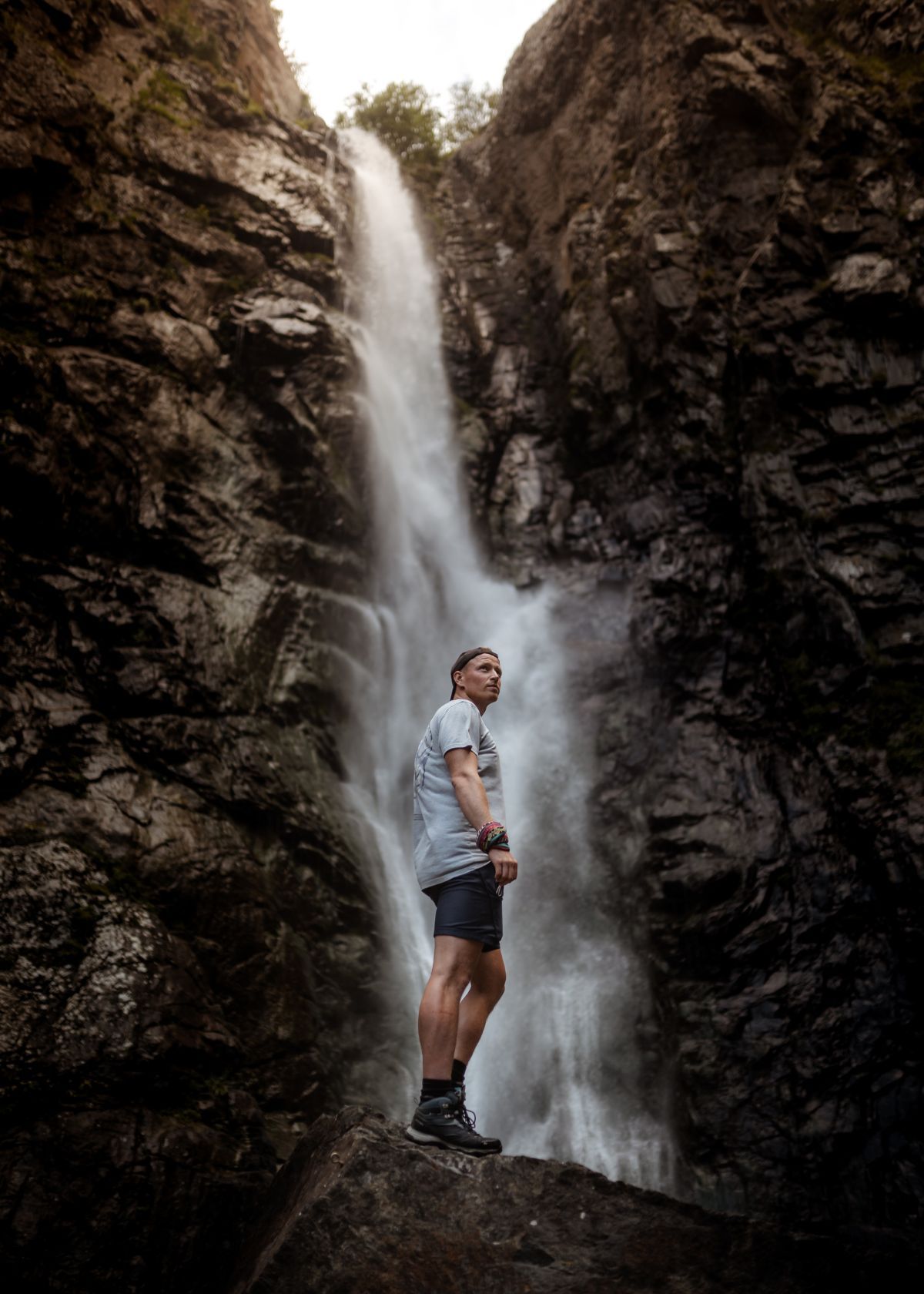
Frequently Asked Questions (FAQs)
In this FAQ section, we will provide you with a brief introduction to rucking, explaining what it is, its benefits, and how to get started. So, let's dive in and discover the world of rucking together!
What is the point of rucking?
Rucking serves as a multi-faceted activity with various purposes. Beyond the realm of mere physical exercise, it embodies a fusion of adventure, resilience, and personal growth. The point of rucking extends beyond the conventional concept of hiking or backpacking. It encapsulates the spirit of embracing challenges, pushing boundaries, and forging a deep connection with both nature and oneself.
By carrying a weighted backpack, rucking transforms into a metaphorical journey that strengthens not only the body weight but also the mind and spirit. It cultivates mental fortitude, as one navigates through diverse terrains, battles fatigue, and overcomes obstacles.
What is an example of rucking?
Imagine a group of enthusiastic individuals, each donning a sturdy backpack and venturing into the heart of a breathtaking wilderness. They trek through dense forests, traverse rocky landscapes, and navigate winding trails, all while carrying loaded backpacks.
As they forge ahead, their backpacks filled with essential supplies, the weight provides a challenging resistance against their movements, intensifying the physical demands of the journey.
This example of ruck marches showcase a unique blend of adventure, physical exertion, and camaraderie, as the participants challenge themselves to explore the great outdoors while shouldering the weight on their backs.
Does rucking build muscle?
Indeed, rucking presents an effective and unconventional means to build muscle strength. The act of carrying a weighted backpack during a weighted rucksack march engages numerous muscle groups throughout the body.
The core muscles, including the abdominals, obliques, and lower back, play a pivotal role in stabilizing the torso and maintaining proper posture under the load. Furthermore, the legs, including the quadriceps, hamstrings, calves, and glutes, undergo continuous activation as they propel the body forward while bearing the additional weight.
Is Rucking a good way to Lose Weight?
Undoubtedly, ruck march offers a highly effective and engaging approach to weight loss. As a weight-bearing exercise, rucking elevates the heart rate, thereby increasing caloric expenditure and promoting fat burning. The added challenge of carrying a weighted backpack significantly amplifies the intensity of the activity, resulting in a greater metabolic demand.
Moreover, rucking is a low-impact exercise that reduces the strain on joints compared to higher-impact activities like running or jumping. This makes it an accessible and sustainable option for individuals of varying fitness levels.
Conclusion
In conclusion, rucking is not merely a physical activity; it is a transformative journey that weaves strength, resilience, and camaraderie into the fabric of one's being. It goes beyond the confines of conventional exercise, delving deep into the realms of personal growth and mental fortitude. Rucking teaches us the art of carrying burdens and shouldering challenges, reminding us that true strength lies within.
As we traverse rugged terrains, burdened with weighted backpacks and an indomitable spirit, we discover the untapped wellsprings of our potential. With each step, we forge unbreakable bonds with fellow ruckers, united by a shared purpose and the unwavering determination to conquer both mountains and the obstacles that lie within ourselves. Rucking is not just an activity—it's an embodiment of the human spirit's relentless pursuit of greatness.
